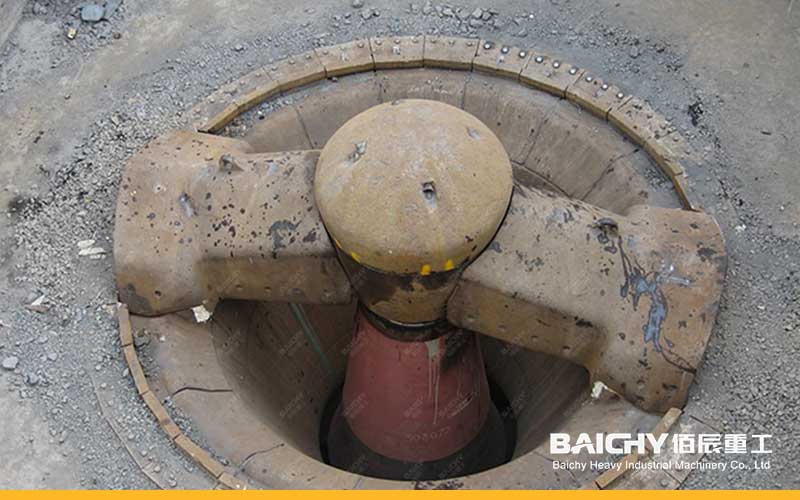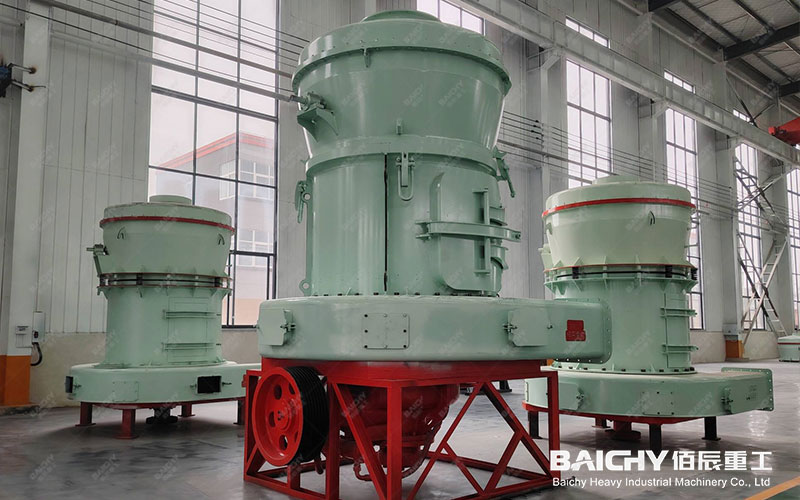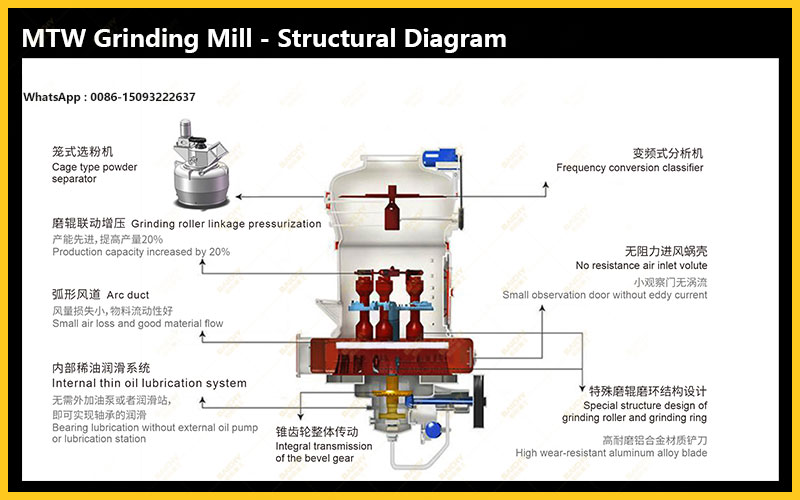
Why is the gyratory crusher the preferred choice for high-output primary crushing? This article provides an in-depth analysis of the five key advantages of the gyratory crusher, which, due to its continuous crushing principle, extremely high processing capacity, large crushing ratio, low unit energy consumption, and excellent reliability, has become the core crushing equipment in modern large-scale mines and aggregate projects, offering authoritative reference for your equipment selection.
Gyratory Crusher PDF, Download ↓↓↓
I. Core Advantages: Why is the Gyratory Crusher the First Choice?
The gyratory crusher's status as the preferred choice for high-output primary crushing stems from its unique working principle and structural design, perfectly meeting the core requirements of the primary crushing stage for high processing capacity, low unit energy consumption, and continuous and stable operation.
1. Unparalleled High Processing Capacity and Continuous Feeding Capability
◦ Working Principle: The crushing cone of the gyratory crusher continuously rotates in a circular motion, unlike the intermittent operation of a jaw crusher. This means it has no backlash, enabling true "continuous crushing."
◦ Large Feed Inlet: Its structure allows for a very wide feed inlet, directly handling large ore (over 1.5 meters in diameter) unloaded from trucks without the need for an additional primary feeder, simplifying the process.
◦ Result: This "continuous" operating mode allows it to process significantly more ore per unit time at the same power level than a jaw crusher, easily meeting extremely high output demands of thousands or even tens of thousands of tons per hour.
2. Extremely High Crushing Ratio and Excellent Product Particle Size
◦ Deep Crushing: Within the crushing chamber of a gyratory crusher, the ore travels a long, spiral path. During this process, the ore is repeatedly compressed and crushed.
◦ High Crushing Ratio: It achieves a very high crushing ratio (the ratio of feed size to discharge size), typically reaching 8:1 or even higher. This means that only one stage of crushing is needed to break huge ore to a suitable size for the next stage of intermediate crushing, greatly simplifying the process.
◦ Good Product Particle Shape: The output product has a uniform particle size, with fewer flaky and elongated products, which is beneficial for subsequent conveying and crushing.
3. Excellent Reliability and Low Unit Production Cost
◦ Uniform Wear: The moving cone and fixed liner of the gyratory crusher contact the material simultaneously throughout the entire circumference, resulting in relatively uniform wear and a longer liner life (typically 1-2 years).
◦ Stable Operation: Due to its continuous operation, load fluctuations are small, and the impact on the motor and transmission system is also minimal, resulting in very smooth equipment operation and a low failure rate.
◦ Economical Energy Consumption: Although the single-machine power is huge, due to its extremely high throughput, the crushing energy consumption per ton of ore (unit power consumption) is one of the lowest among all crushers. For mines with large throughput, this can significantly reduce operating costs in the long run.
4. Automation and Intelligent Control
◦ Modern gyratory crushers are easily integrated with automatic control systems, which can monitor key parameters such as spindle position, motor power, lubricating oil temperature and pressure in real time, and automatically adjust the discharge port size to optimize output and product particle size, achieving intelligent operation.
II. Applicable Scenarios and Limitations
• Optimal Applicable Scenarios: Primary crushing stations in large-scale, high-output hard rock mines (such as metal mines, granite, etc.); primary crushing for large-scale water conservancy projects and construction aggregate projects.
• Limitations:
◦ High Initial Investment: The equipment itself and foundation construction costs are very high.
◦ Complex Installation: The structure is large and heavy, requiring a sturdy concrete foundation and plant, resulting in a long installation period.
◦ Not Suitable for Handling Sticky Materials: Easily clogs the discharge port.
◦ High Height: The overall height of the equipment is relatively large, requiring a high-height plant.











